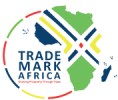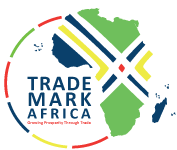President Paul Kagame has said that regional integration and close partnership between members of regional economic communities can fast-track development and prosperity for individual nations. Kagame was yesterday speaking at the Global Business Forum on Africa held in Dubai, United Arab Emirates. The session was moderated by John Defterios, the emerging Markets anchor at CNN UAE. The Head of State noted that regional integration in Africa would enable countries to get past divisions that have long prevented the continent from being as prosperous at it should. Citing the example of the East Africa Community integration, Kagame said the initiative has yielded positive impacts such as free movement of people, customs union and joint infrastructure projects. “If you look at the East African region, even more progress has been realised, for example, in the area of customs union, integration in the area of infrastructure that bring the countries of the East African Community together, whether it is telecommunication in the area of realising one area network, where there are no roaming charges,” Kagame said. Other impacts, he noted, include working together to implement reforms that cover aspects such as the economy and security that’s necessary. EAC integration has, among others, seen the liberalisation of free movement of people, goods and services, consequently increasing opportunities for the over 160 million citizens of the bloc. Four countries in the bloc (Kenya, Uganda, Rwanda and South Sudan) in 2014 rolled out the One Area Network, scrapping calls roaming rates which brought down the cost of...
Regional integration to foster prosperity – Kagame
Posted on: November 2, 2017
Posted on: November 2, 2017















